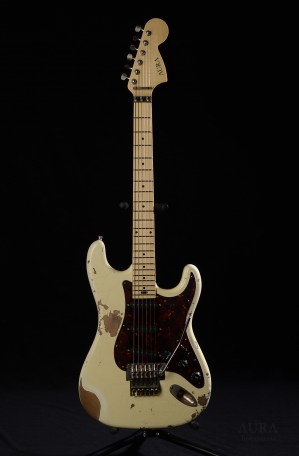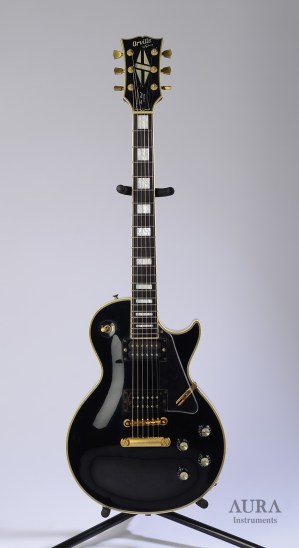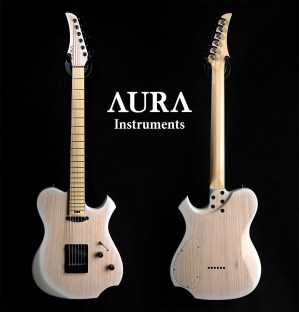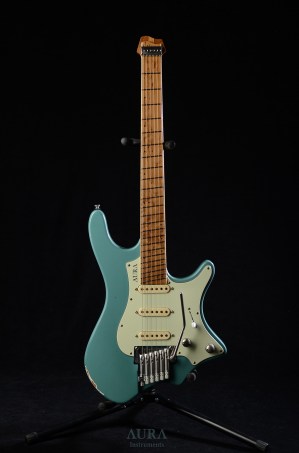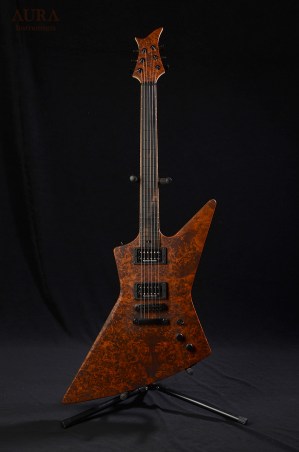Tagelharp Aura Baba Jaga
Detailed description and composition of this tool can be found in the text below, below the photo:

Innovative modern design of historical musical instruments at AuraInstruments.
Tagelharp Aura Baba Jaga is a handmade medieval string instrument that we offer you in an innovative modern form.
Used components for Tagelharp Aura Baba Jaga:
- Body: Nut.
- Top: Spruce.
- Slak, Bridge, Grasshopper: Maple.
- Hardware: EBGN Tuning Pins.
- Strings: D A D (nylon).
- Number of strings: 3.
- Finish: Saten Nitro Lacquer.
History and origin of Tagelharp .
Tagelharp (tail-hair harp) is one of the string's historical types of lyres. It is also commonly called Talharpa or Stråkharpa. It is similar and related to the Finnish instrument Jouhikko and the Welsh Crwth.
Origin of Talharp:
Originally from Northern Europe. Already during the Vikings and especially after the end of the Vikings era, Tagelharp spread to the whole Scandinavian region. Originally, the name Tagelharpy may originate from the word Tagel - horse mane - from which the strings for this instrument were originally made.
The existence of Tagelharp in Scandinavia has been documented during the Middle Ages by various archaeological and artistic resources dating back to the 12th - 14th centuries.
It is still used today in many Nordic territories - especially in the Estonian Islands, where they consider it a traditional tool.
Composition and construction of Tagelharp.
The original Tagelharp had four strings and a shorter body. Gradually, her body lengthened and one string lost - three strings left. Some today's manufacturers produce four-string versions, others produce three-string versions. The strings were originally made from horse mane.
Tagelharpe is played with the help of a string.
Tagelharp has a hollow body. There are seven holes in the body - from the smallest to the largest, forming a semicircle together.

 English (United Kingdom)
English (United Kingdom)  Slovenčina (Slovak)
Slovenčina (Slovak)  Čeština
Čeština 








